Spider plants, also known as Chlorophytum comosum, are fairly straightforward to grow. Keeping them healthy and in the right spot is essential for their growth. But what pot is best for these fast-growing plants?
We've found the best pot for spider plants, and in this post, we will cover it in detail.
The best pot for a spider plant is slightly larger than the plant's root. The pot will be well-draining with a sufficient number of drainage holes located on its bottom. Ideal pots for spider plants are made of plastic, fabric, metal, or wood.
The size of the pot will depend on the size of the plant, but it generally should be no more than a couple of inches larger than the plant itself.
Finding the right part for your spider plant can be a bit of a challenge. The biggest challenge comes from requiring a pot to be functional yet that is decorative and fitting to your style. Continue reading to learn more about the best pots for spider plants.
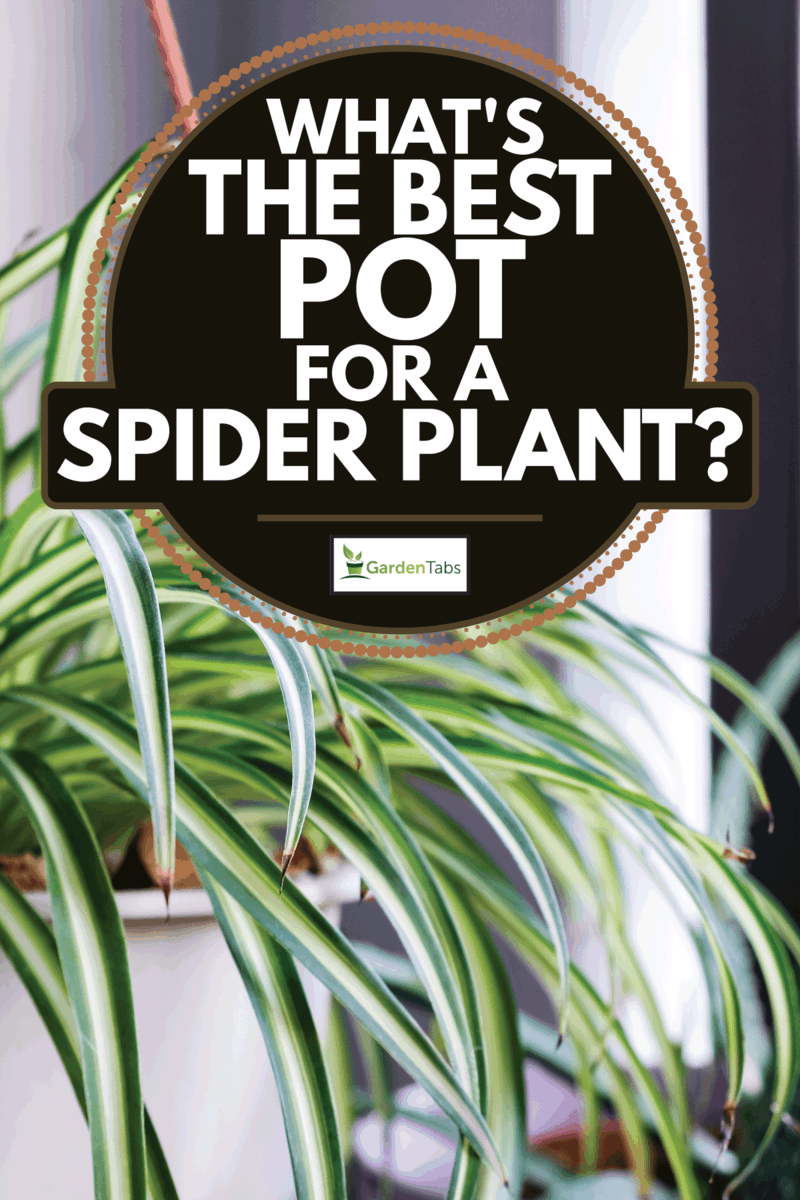
Selecting the Right Pot for Spider Plants
Selecting the right pot for your spider plant means finding the right size, style, and material for the plant. The style will depend on your personal preference, and the size will vary depending on the plant's size.
The material should be conducive to the plant's maintenance requirements. Let's look at each pot type.
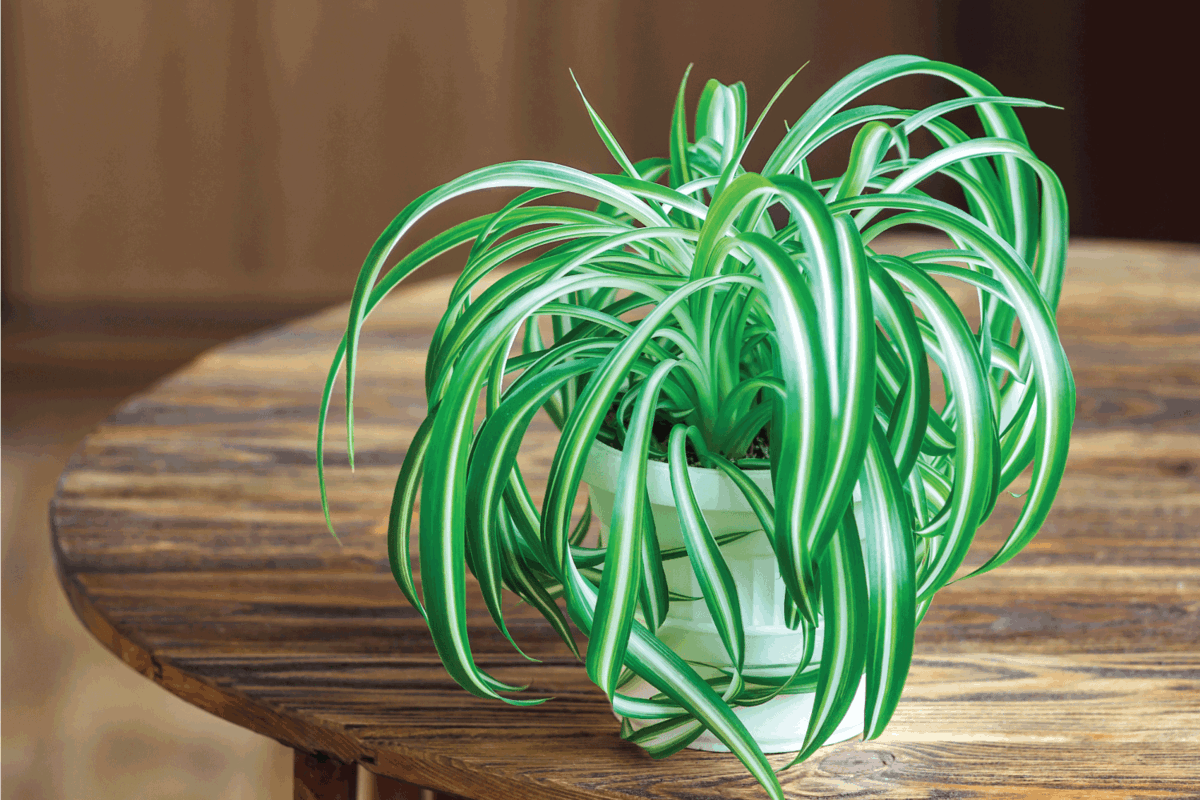
Plastic Pots
Plastic pots are the most commonly used for spider plants because they are flexible and can quickly stretch to adapt to the growing roots.
Spider plants prefer to be crowded, and plastic pots are unlikely to break as fast as one made of unglazed ceramic or terracotta if you go too long without re-potting the plant.
You also don't have to worry about these pots leaching water away from the plant's roots, as they are non-porous. You'll find that plastic pots are in great abundance in planting stores and online shops, and they can be decorated and customized.
These pots are also fairly inexpensive, and you can purchase a set generally for under $30. You can also create drainage holes in these pots to ensure that the soil is not left wet after your watering session.
Spider plants are commonly hung from ceilings and walls, and lightweight plastic pots make this easy to do.
Read more details about this plastic planters pot on Amazon.
Wooden Pots

Wooden pots are also a great choice for a spider plant. You can find these pots in various styles, from modern to rustic or traditional. Their sizes will vary, and you can even have them customized.
The greatest thing about wooden pots is that they allow spider plant to maintain their moisture without drying out prematurely. Wooden pots are unlikely to crack if exposed to cold weather or if the roots become too crowded and are very slow to dry out.
Generally, wooden pots are pressure-treated with chemicals to extend their lifetime, and a quality wooden pot can last for several years if it is well maintained.
These pots are considerably less expensive than other types of pots such as terracotta or ceramic, and you can even build one yourself.
Check out this wooden pot on Amazon.
Metal Pots
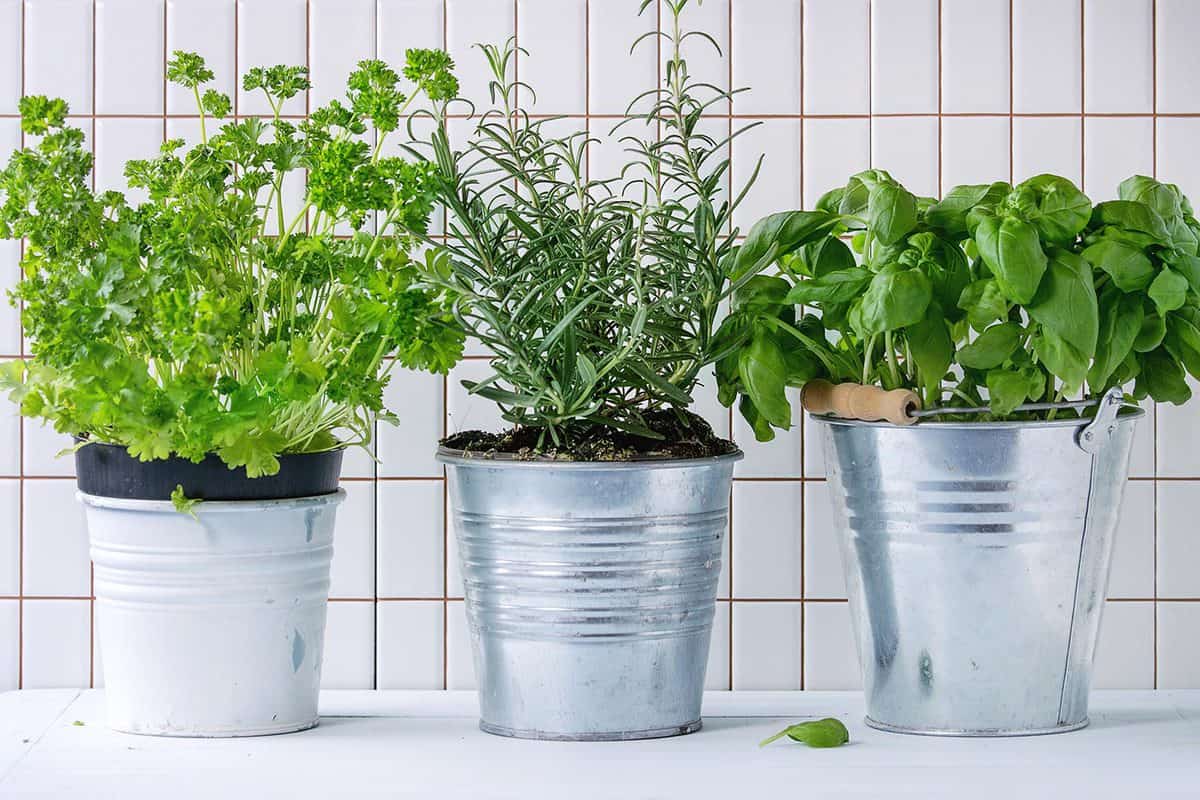
Metal containers are also great for a spider plant. You can create your metal plant pots using tin cans or used coffee cans. A re-purposed file cabinet can also become a good pot for your spider plant.
Metal Pots pots are great because they're unlikely to crack or break if the spider plant roots grow too large for them.
Instead, you'll likely notice the roots beginning to shoot out from the topsoil or the drainage hole of the pot first. However, it's still best to re-pot the plant if the roots start showing these types of signs.
Also, the non-porous nature of these pots means that they won't leach any water from your plant's soil.
However, they will require an adequate drainage hose to prevent root rot. Metal pots are inexpensive and can be found in most gardening stores.
If you're looking for a unique look for your spider plant, these pots can provide great functionality and aesthetic appeal. Not only can the pots last for several years, but being lightweight makes the process of re-potting your spider plant much easier.
Learn more about this metal planters pot on Amazon.
Fabric Pots
Fabric pots can also be used for spider plants due to being lightweight and flexible texture. These breathable pots will allow your spider plant to get all of the oxygen needed while preventing it from drying out.
The best way to prevent it from drying out is to use a plastic liner inside the basket. You don't have to worry about these pots heating up when exposed to direct sunlight or cracking and breaking if the roots become too crowded within the pot.
Fabric pots are inexpensive and can last a long time if maintained properly.
You also find that these pots come in multiple sizes and can easily blend into any decor. If you have a spider plant on the larger side, a fabric pot can work wonderfully to help reduce the overall weight of the plant, making it easier to re-pot.
Check out these fabric pots on Amazon.
When Should You Repot A Spider Plant?

Spider plants are known to be fast growers, and they'll generally require replanting anywhere from one to two years. However, you may find that your plant may need re-potting before this time.
Here are the signs to determine when you should re-pot a spider plant.
When the soil dries out too quickly
If you notice that your spider plant's soil is beginning to dry out faster than it normally would, the chances are that the roots are becoming parched, and they need more room to grow.
This happens when the roots become too large or too crowded in the pot container, and the best way to solve this issue is by simply re-potting the plant.
If you find yourself watering the plant two or three times a week with the temperatures being relatively consistent in the home, this is likely the issue.
The roots are protruding from the topsoil
Another common sign that your spider plant may need to be re-potted is if the roots begin to stick up from the topsoil. Generally, as the roots grow larger, they will continue to wind their way around the inside of the pot.
However, when they reach a certain length and width, there will be no additional room to grow, so they will begin to grow up in the topsoil.
It's best to replace the pot as soon as possible when this happens, as it can lead to the roots becoming damaged from overcrowding.
Your plant stops growing or appears limp
If the environmental conditions of your spider plant are ideal, yet the plant appears to stop growing or has become limp, the chances are that it needs to be re-potted.
This can happen when the roots become so cramped that they cannot adequately absorb nutrients from the soil, and as a result, the plant's livelihood will suffer. This usually results in wilted leaves and stunted growth.
Do Spider Plants Need Big Pots?
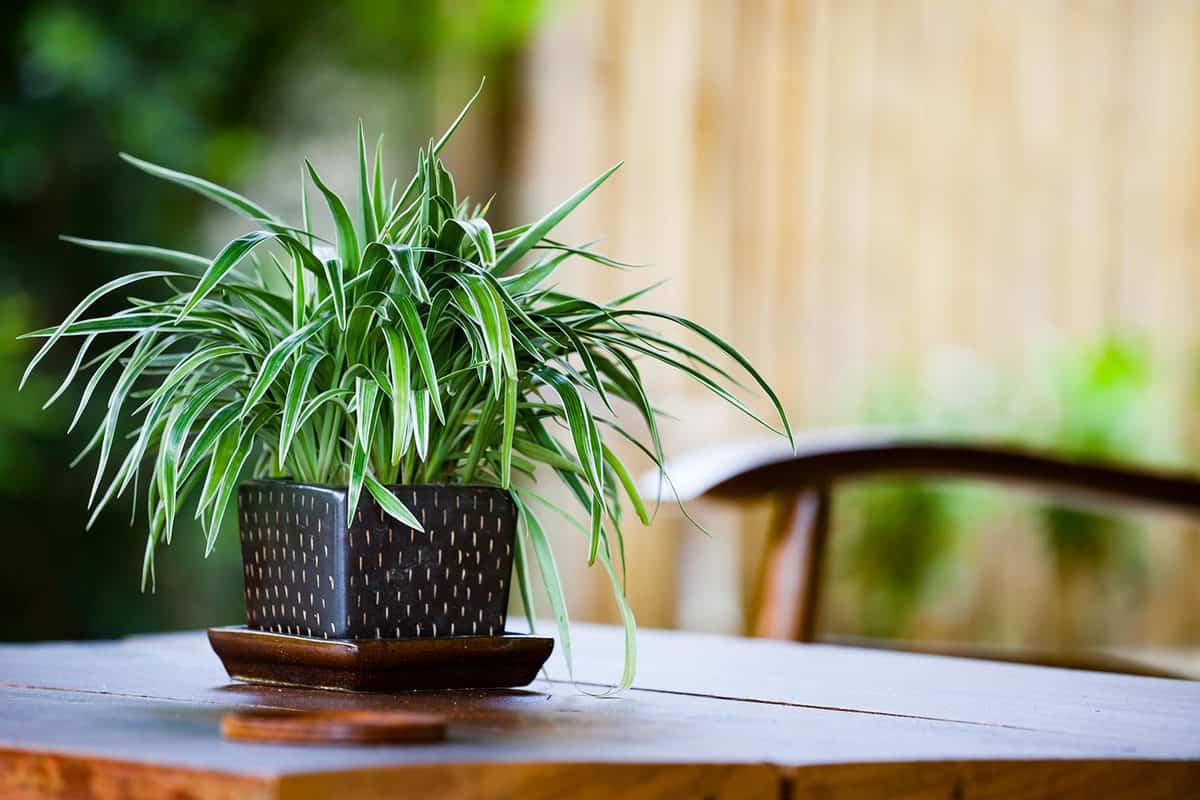
Spider plants don't need big pots necessarily, as the best pot size is about one or two larger than the plant's root ball. The best thing to remember is to look for signs that the plant needs re-potting before deciding to upgrade to a slightly larger pot.
Do Spider Plants Like To Be Crowded?
Yes, spider plants prefer to be crowded. However, given their fast growth rate, you may find that you're changing the pot more often to prevent them from becoming too crowded. If they are too crowded in the pot, the plant's roots can begin to suffer from malnutrition.
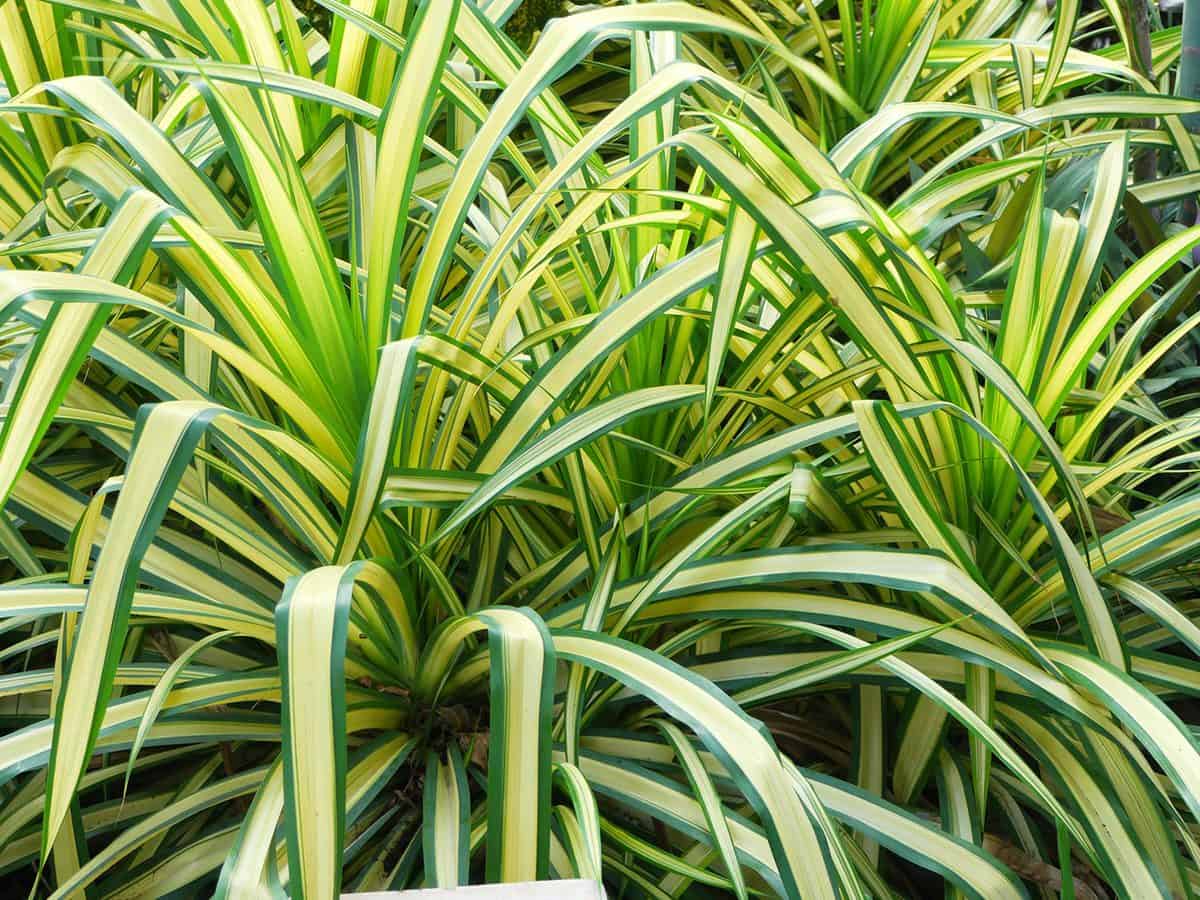
How Do You Encourage Spider Plants To Grow?
The best way to encourage spider plants to grow is to create the ideal environment for them to grow. This means watering them regularly and providing well-draining soil and adequate sunlight.
It also includes keeping the humidity and temperature in the room at the right levels for the plant to thrive.
If you want to speed up their growth, consider adding fertilizer to their soil with a significant nitrogen ratio, as it is a natural growth stimulator. You can typically find it available in blood meal fertilizers.
Read more about this blood meal fertilizer on Amazon.
Wrapping Things Up
Spider plants make for wonderful indoor houseplants. It's best to decide the type of material you want to use for your plant before shopping around for the right size.
Enjoyed this post? Pin the image below to save it for later, or share it with your followers!
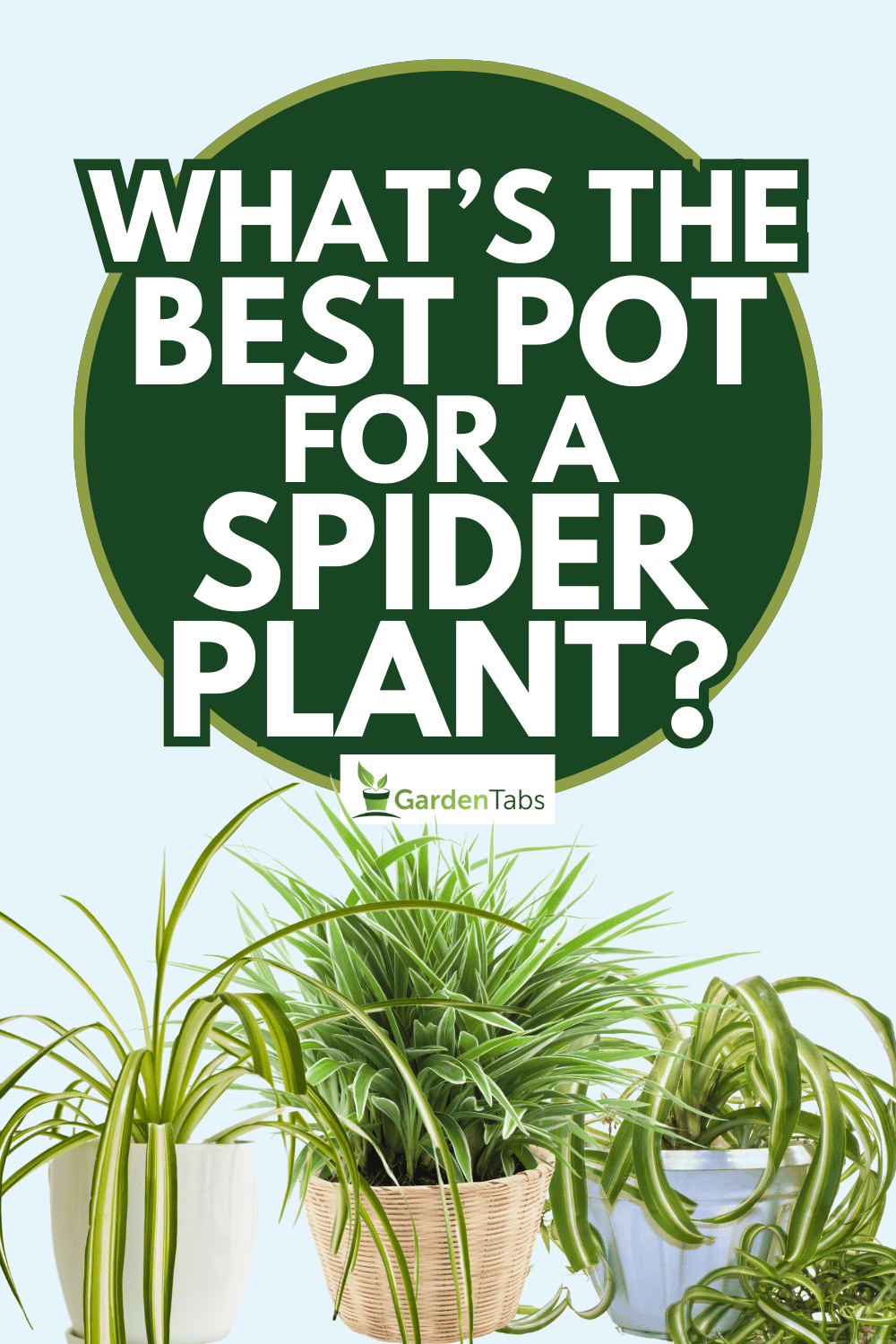
Before you go, be sure to check out our other posts:






Why would my spider plant that was big & Healthy suddenly die? It was hanging in front of window with low light and a air vent that did blow cold air-conditioning on it! Can cold air kill your plant? BB.
Spider plants are native to South Africa and a hot climate. Air conditioning blowing cool air directly on it may have caused it’s demise. They need bright filtered light, good drainage and not too much water. They also prefer to be rootbound in their pots. They aren’t particularly susceptible to pests, so by providing warmth, indirect light, good drainage and adequate water, your spider plant should thrive. Only re-pot every 2-3 years and your plant should be happy.